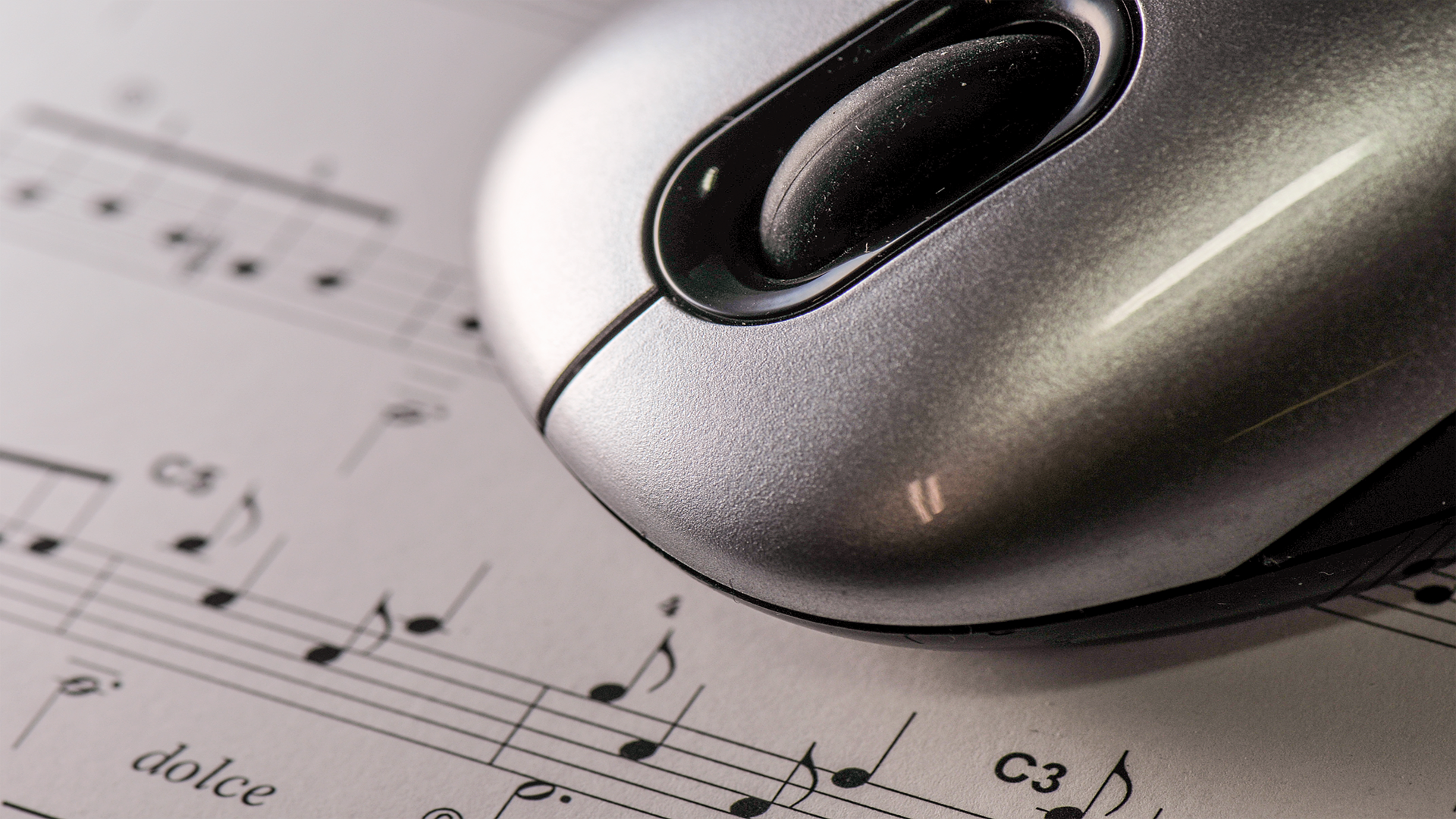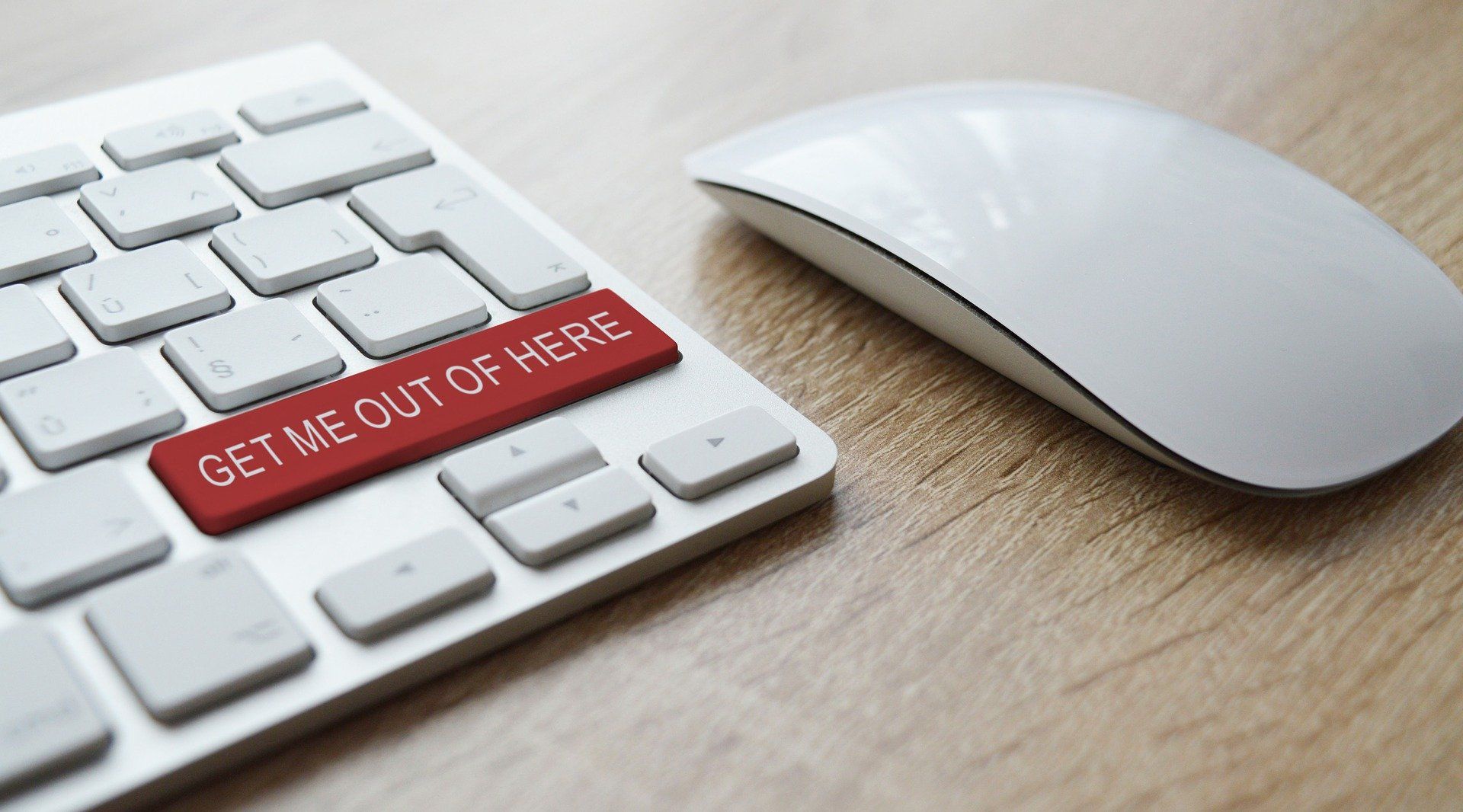Where would we be without our computer mice? We use these devices all the time to control our computers, whether it's for gaming or business. Computer mice are an essential part of any computer system. However, we seldom think about what is powering these devices or how they work.
The First Computer Mouse
In the early 1960s, while computer technology was still in early development, an inventor named Douglas Engelbart wanted to develop an easier way for users to navigate their computers. In 1964, he built a prototype for a device that could move a cursor around a computer screen.
This device, given the catchy name "X-Y Position Indicator for a Display System," doesn't resemble a modern computer mouse by any stretch of the imagination.
It was a rather large and clunky wooden box that was hollowed out. In it, there were two large wheels. One turned on the X-axis, and the other one turned on the Y-axis. Thus, one wheel would register movement along the X-axis, and the other would register movement on the Y-axis. The X-Y Position Indicator for a Display System had a long braided wire that ended in a 13-pin connector.
In 1968, Engelbart filed a patent for this device (awarded in 1970) and officially referred to the device as a "mouse" in a 1968 demonstration. From this point, computer mouse technology grew and changed to become what it is today.
Nowadays, we have our choice of different types of computer mice. Each type has its own benefits and drawbacks.
Mechanical Computer Mice
Mechanical computer mice, like the name suggests, are the type with moving parts. They have a ball on the bottom that rotates as it's moved along the surface. Mechanical mice were the primary type until optical computer mice came onto the scene in 1999.
The first mechanical mouse that used a ball was invented in 1968 by the German company Telefunken. This device was a half-sphere with a small trackball on the underside. In 1973, Bill English developed the first mouse resembling a modern mouse; it was sold with the Xerox Alto I computer system.
How Mechanical Mice Work
There are a few main components that make a mechanical mouse work:
- The ball is a heavy steel sphere that's coated in rubber for added traction.
- The rollers are cylindrical pieces that make contact with the ball and rotates along with it.
- The roller heads are flat disks with thin slits cut into them. They're attached to the rollers, thus, rotating along with them.
- The LEDs are like small lightbulbs that pass light through the slits in the roller heads.
- The light sensors pick up the light from the LEDs and convert it into an electrical signal.
- The microcontroller is a small microchip that processes the data received from the rollers.
The ball sits in the middle of the mouse, with the two rollers making direct contact. One roller runs lengthwise along the bottom of the mouse, and the other runs widthwise. When the ball rotates along the X-axis, the lengthwise roller turns, and vice versa.
The roller heads sit on the other ends of the rollers. Both roller heads are sandwiched between an LED and a light sensor. The LED shines a continuous ray of light toward the light sensor, which is blocked by the roller head. However, since the roller heads have slits in them, thin beams of light can pass through the roller heads.
The rotation of the roller head causes flashes of light to be picked up by the light sensor. This is how it can know that the mouse is moving in a direction. When the light sensor detects the flashing light, it sends a signal to the microcontroller. That data is then processed by the microcontroller, which then sends it to the computer.
Optical Mice
About a decade after mechanical mice hit the market, optical mice began to appear. Instead of using a ball and rotating rollers, optical mice use light to move the cursor. In 1982, a company called Mouse Systems Corporation unveiled its optical mouse to the world. Though their history stretches this far back, optical mice didn't reach the mainstream until the early 2000s.
How Optical Mice Work
Unlike mechanical mice, optical mice have no moving parts. The main parts are:
- The LED shines a light through the prism.
- The prism sits directly next to the LED.
- The light sensor picks up the light that's been reflected from the surface.
- The DSP (Digital Signal Processor) processes the electrical signals that come from the light sensor.
The LED shines a bright light (usually red) directly into the prism. The light bounces off of the edge of the prism and beams directly onto the surface. That light is reflected off of the surface and hits the light sensor.
The light sensor uses similar technology to most digital cameras. The sensor is typically a CMOS (Complementary Metal Oxide Semiconductor) light sensor. It's divided into a lot of infinitesimal sections called photosites. When photons of light hit the photosites, they create small electrical currents. Those currents then travel to the DSP.
The DSP then processes the currents and creates a small image of the surface. When the mouse is moved, another picture is created, and the mouse compares the two images. This process happens millions of times a second, which results in smooth cursor motion.
Mechanical vs. Optical Mice
Though both types of mice do the same thing, there are distinct differences that are make-or-break for most users.
Why Optical Mice are Better
One main benefit to optical mice is the lack of moving parts. The ball in a mechanical mouse will pick up dust and debris as it rolls, negatively impacting accuracy after a while. You'll have to clean your mouse regularly to keep on top of the dirt buildup.
Optical mice can be used on most surfaces, regardless of the texture. For a mechanical mouse to work properly, the ball must grip the surface, which means that slippery surfaces are out of the question. Because optical mice use light, the surface can be smooth or textured.
Why Mechanical Mice are Better
Even though optical mice can use surfaces of any texture, mechanical mice can use surfaces that are any color. This is because the light sensors in optical mice have trouble picking up certain colors. When optical mice have trouble, the cursor can jump from place to place.
Mechanical mouse users don't have to worry about the cursor jumping. However, because they have moving parts, it's not possible for the cursor to just jump to a different location when the ball doesn't move much.
Little Devices, Big Help
Computer mice have been a vital part of user experience for decades. While there are other ways to control your computer, mice still prove the most convenient option. From that large wooden block back in 1964 to the svelte plastic devices we use today, computer mice have been, and always will be, one of the most important contributions to computer technology.




